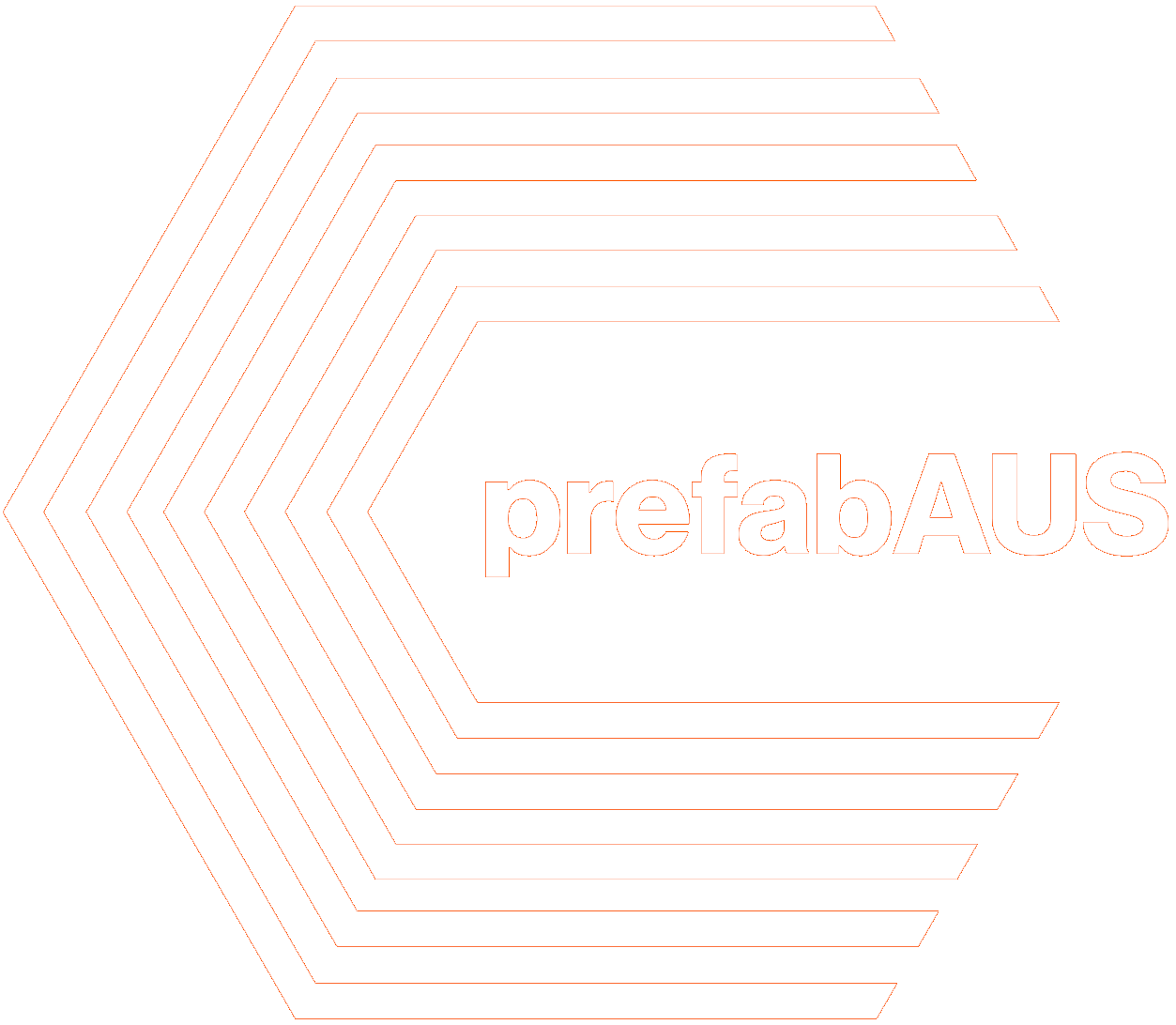Modular Building Industry Associations
Looking internationally, we see that there is a greater uptake of prefab in countries where there is an active, purposeful, inspiring peak body dedicated to advancing the building prefabrication industry as a whole.
Australia
prefabAUS is working towards similar shifts in Australia, providing the consumer with increased choice coupled with a strong commitment to advancing our manufacturing sector. The association grew from the Australian Research Council Linkage Grant Future Proofing Schools Round Table Session of June 2012, when 54 delegates from manufacturing, architecture, government infrastructure, and university research teams explored the future of prefabrication for the education sector. One core resolution that emerged from the Round Table Session was the need for a peak body for Australia’s prefabricated building industry to support collaboration, innovation and quality information sharing.
Japan
In Japan, prefabrication is synonymous with innovation and quality, particularly in the housing market.
Toyota has been applying their lean manufacturing principles to their Japanese housing division since 1976. Japanese companies such as Sekisui Heim work with finite component sets from which they can offer their clients a controlled degree of customisation while building high quality, architect-designed, competitively priced homes in a fraction of the time of conventional site-built methods.
Most of these companies did not evolve from traditional craft based construction firms, but were set up by building material companies to create a showcase for their products.
Europe
Across Europe, there is strong interest in harnessing the potential of digital technologies to streamline manufacturing and building construction. From Lapland to Munich there are house manufacturers using fully computerised CAD CAM production lines, many working with timber. In Sweden, a large percentage of families live in high quality, fair priced, prefabricated houses. In Germany, the industry body has established display villages show houses from different manufacturers, demonstrating that there is something for every taste and every budget, and that sustainable design is vital.
In the UK, hotel chains such as Travelodge use modular construction for new projects, and often the fittings and furnishings are shipped in the modules. Recently, prefabricated student housing projects in excess of 20 floors have been completed. The UK’s industry body Build Off-Site is working hard to redefine prefabrication as efficient, sustainable, and quality driven. It has a strong research focus. Larger manufacturers are becoming increasingly innovative and design-led.
USA
The USA has an active industry body, The Modular Building Institute, which conducts research and hosts seminar, conferences and exhibitions. Despite tough economic times, prefabrication’s speed and greater cost certainly has led to increased interest.
In the past decade, architects have embraced design-led prefabrication, inspired by a number of celebratory books such as Prefab by Allison Arieff and Bryan Burkhart and Refabricating Architecture: How manufacturing Methodologies are poised to transform building construction by Philadelphia based architects Stephen Kieran and James Timberlake.
New Zealand
Closest to home, New Zealand’s industry body OffsiteNZ has been a powerhouse of activity since its formation in July 2010, and has been an inspirational model for prefabAUS.
OffsiteNZ has been active through initiatives such as conferences, workshops and site visits hosted by members. Most recently they have established the HIVE display village of sustainable, affordable, architect-designed, prefabricated homes, a timely response to the Christchurch earthquake. They are now planning HIVE 2 which will explore higher density approaches to prefabricated housing in Auckland.

